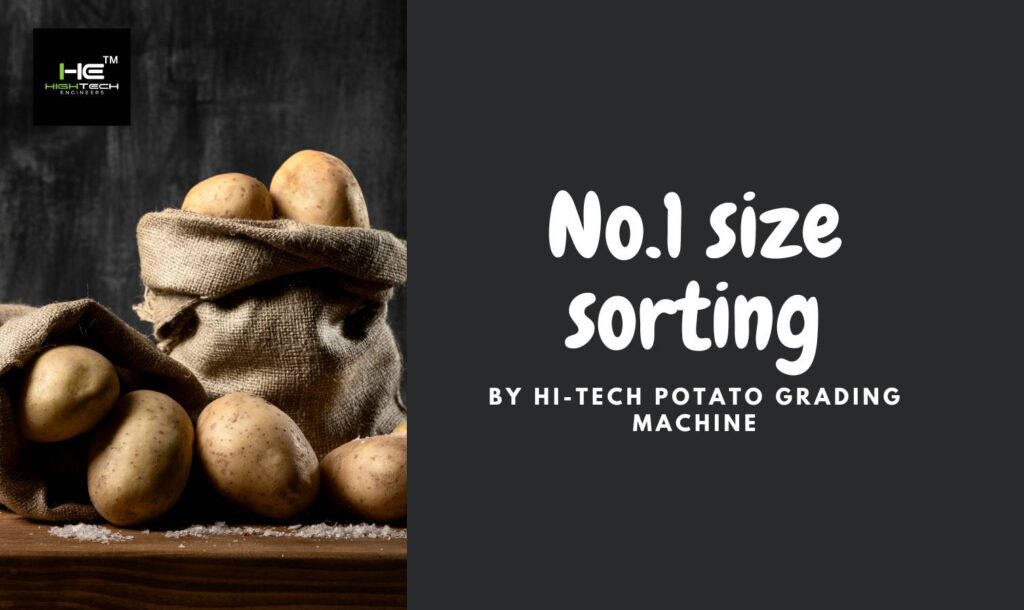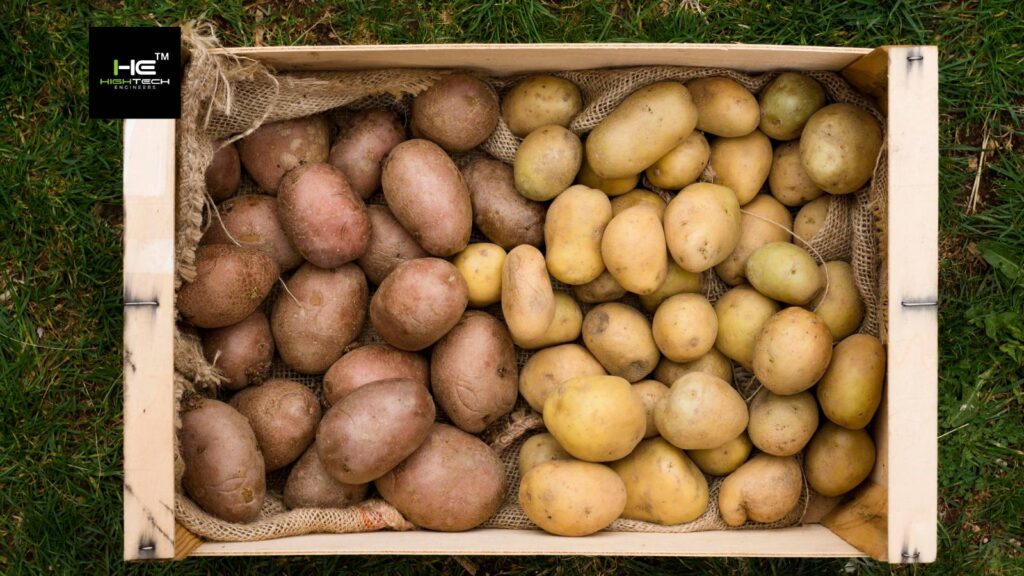How Potato Grading Machines Work: The Technology Behind Automated Sorting
How Potato Grading Machines Work: The Technology Behind Automated Sorting

Potatoes are one of the most important crops worldwide, and sorting them efficiently is crucial for farmers and processors. Manual sorting is time-consuming, inconsistent, and labor-intensive. That’s where potato grading machines come in—these advanced systems automate the process, ensuring speed, accuracy, and higher profits.
If you’re a farmer or agri-business owner looking to understand how these machines work, this guide will break down the technology in simple terms. We’ll also explore why investing in a potato grader can transform your operations.
Why Use a Potato Grading Machine?
Before diving into the mechanics, let’s see why automated grading is better than manual sorting:
- Saves Time & Labor Costs – Machines sort potatoes in minutes, reducing dependency on workers.
- Improves Accuracy – Eliminates human errors in size and quality classification.
- Reduces Waste – Damaged or diseased potatoes are separated efficiently.
- Boosts Market Value – Uniformly graded potatoes fetch better prices.
- Scalability – Handles large volumes, ideal for commercial farming.
Now, let’s explore how these machines actually work.
Key Components of a Potato Grading Machine

A potato grader machine consists of several high-tech parts working together:
1. Feeding Hopper
- Potatoes are poured into the hopper, which regulates the flow onto the conveyor.
- Ensures a steady supply without overloading the system.
2. Conveyor Belt System
- Transports potatoes through different stages of sorting.
- Made of durable materials to handle heavy loads.
3. Cleaning & Brushing Unit
- Removes dirt, mud, and small debris before grading.
- Ensures accurate size and quality detection.
4. Size Grading Mechanism
- Uses rollers, grids, or optical sensors to separate potatoes by diameter.
- Adjustable settings allow customization (e.g., small, medium, large).
5. Weight Grading (Optional)
- Some advanced machines use load cells to sort by weight.
- Useful for premium markets where uniformity matters.
6. Defect Detection (AI & Computer Vision)
- High-resolution cameras scan for bruises, cuts, rot, or greening.
- AI-powered systems reject defective potatoes automatically.
7. Sorting & Discharge System
- Diverts potatoes into different bins based on grade.
- Can be programmed for multiple categories (export, retail, processing).
8. Control Panel & Automation
- User-friendly interface to adjust settings.
- Some models offer remote monitoring via IoT.
How Does the Grading Process Work? Step-by-Step
- Loading – Potatoes are fed into the machine via hopper.
- Cleaning – Brushes or air jets remove dirt and debris.
- Size Sorting – Passes through rollers or laser-measured grids.
- Quality Check – Cameras detect defects, discarding bad ones.
- Final Sorting – Separated into different categories (size/quality).
- Packing – Graded potatoes are discharged into bins or bags.
This entire process happens in minutes, with minimal human intervention.
Types of Potato Grading Machines
Different farms need different solutions. Here are the most common types:
1. Roller Sizer Graders
- Uses rotating rollers with gaps to sort potatoes by size.
- Best for medium to large farms.
2. Weight-Based Graders
- Measures each potato’s weight for precise sorting.
- Ideal for premium markets.
3. Optical Graders (AI-Powered)
- Uses cameras and AI to detect defects and size.
- Most accurate but higher cost.
4. Combination Graders
- Mixes size, weight, and optical sorting.
- Used by large-scale processors.
Benefits of Using a Potato Grading Machine
✔ Higher Efficiency – Processes thousands of kgs per hour.
✔ Better Quality Control – Removes defective potatoes automatically.
✔ Cost Savings – Reduces labor and post-harvest losses.
✔ Increased Profits – Uniform grades attract better buyers.
✔ Future-Ready Farming – Prepares farms for automation trends.
Choosing the Right Potato Grading Machine
If you’re looking for a potato grading machine manufacturer, consider:
- Farm Size – Small farms need compact machines; large farms need industrial graders.
- Budget – Basic graders are affordable; AI-based systems cost more but offer precision.
- After-Sales Support – Choose brands offering maintenance and spare parts.
For high-tech engineers in Ambala, companies like Hi-Tech Grading Machines provide advanced solutions tailored to Indian farming conditions.
Final Thoughts
A potato grader machine is no longer a luxury—it’s a necessity for modern farming. By automating sorting, farmers can save time, reduce waste, and maximize profits.
Whether you’re a small farmer or a large agri-business, investing in the right potato grading machine can revolutionize your operations.
Looking for the best grader machine? Explore options from trusted manufacturers and take the first step toward smarter farming today!
